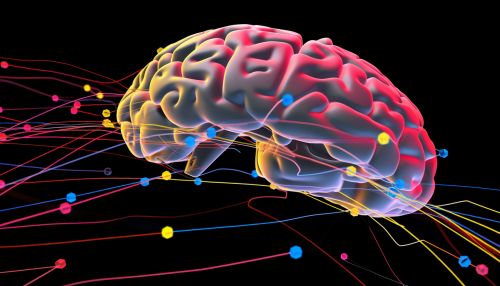The Science of Human Cognitive Styles in Creativity
Introduction
Human cognitive styles refer to the individual differences in how people perceive, think, solve problems, learn, and relate to others. In the context of creativity, cognitive styles play a significant role in determining how individuals generate and implement innovative ideas. This article delves into the science of human cognitive styles in creativity, providing a comprehensive and detailed exploration of the topic.


Cognitive Styles and Creativity
Cognitive styles are often categorized into two broad types: convergent thinking and divergent thinking. Convergent thinkers are problem solvers who seek the single best solution to a problem, while divergent thinkers generate multiple solutions to a problem. Creativity is often associated with divergent thinking, but both styles play a crucial role in the creative process.
Cognitive Styles: A Deeper Look
Cognitive styles can be further broken down into various dimensions, including field dependence-independence, reflectivity-impulsivity, and holistic-analytic styles. Each of these dimensions influences how an individual approaches creative tasks and problem-solving.


Field Dependence-Independence
Field-dependent individuals tend to perceive and interpret experiences as a connected whole, while field-independent individuals are more likely to distinguish details from the overall context. This distinction can greatly impact creativity, as field-independent individuals may excel at tasks requiring detail-oriented, analytical thinking, while field-dependent individuals may excel at tasks requiring holistic, integrative thinking.
Reflectivity-Impulsivity
The reflectivity-impulsivity dimension of cognitive style refers to the speed and accuracy with which an individual makes perceptual decisions. Reflective individuals tend to take more time to respond but make fewer errors, while impulsive individuals respond quickly but with less accuracy. This dimension can influence creativity, with reflective individuals potentially excelling in tasks requiring careful consideration and impulsive individuals potentially excelling in tasks requiring rapid idea generation.
Holistic-Analytic Styles
Holistic thinkers tend to perceive situations as a whole, while analytic thinkers break down situations into constituent parts. This distinction can impact creativity, as holistic thinkers may excel in tasks requiring the integration of ideas, while analytic thinkers may excel in tasks requiring detailed analysis.


Cognitive Styles and Creative Problem-Solving
Cognitive styles influence how individuals approach creative problem-solving. For example, divergent thinkers may excel in the ideation phase of problem-solving, generating a wide range of potential solutions. Convergent thinkers, on the other hand, may excel in the evaluation phase, critically assessing and refining ideas.
Implications for Education and Work
Understanding cognitive styles can have significant implications for education and work, particularly in fields where creativity is highly valued. For example, educators and employers can develop strategies to nurture both convergent and divergent thinking, fostering a balanced approach to creativity.


Conclusion
The science of human cognitive styles in creativity is a complex and fascinating field. By understanding the various cognitive styles and their impact on creativity, we can better nurture and harness creative potential in various contexts.
